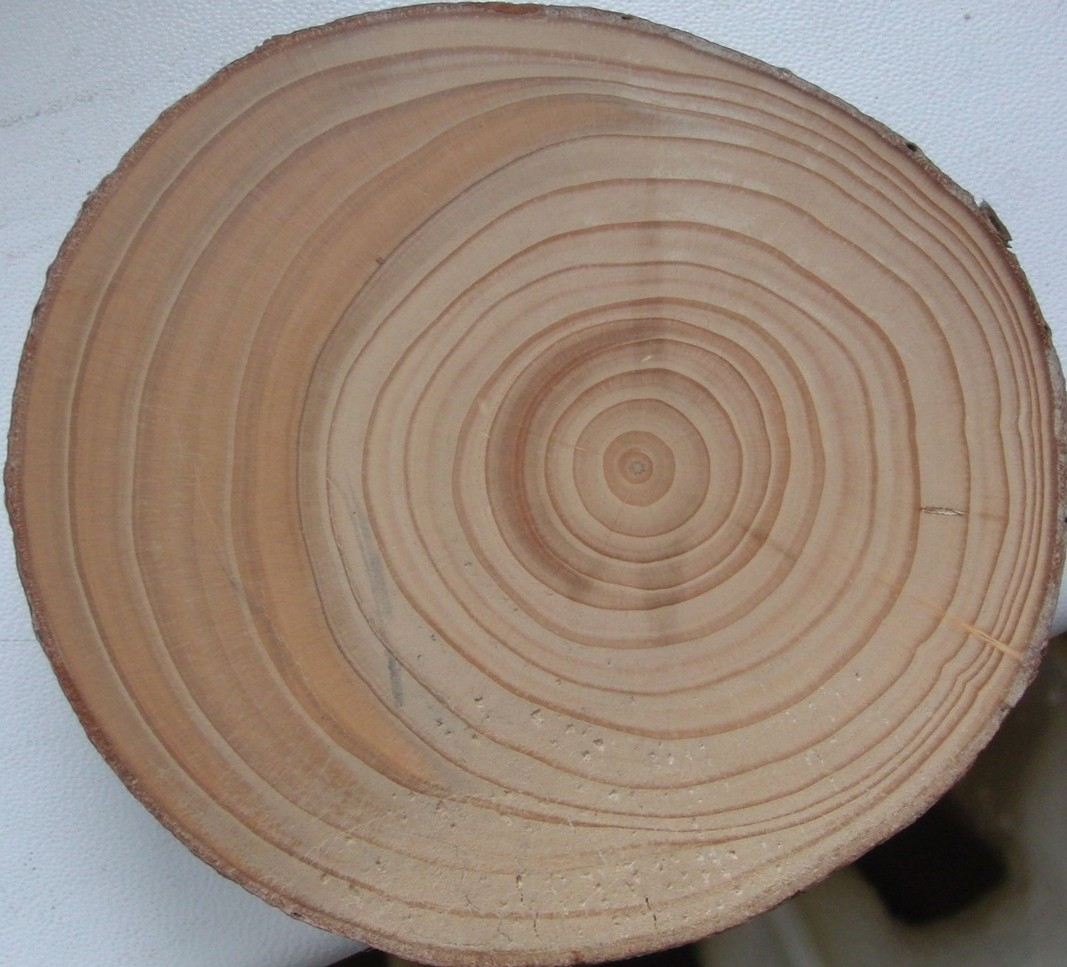Research by Associate Professor Šilhán reveals that tree rings predict rockslides years in advance

Author: Kristýna Vávrová
Associate Professor Karel Šilhán from the Department of Biology of the Faculty of Science, University of Hradec Králové, analysed the growth rings of over 150 conifers in the Outer Western Carpathians, a region that has witnessed extensive rockslides over the past 20 years. His research managed to identify a method to predict the movement of rock formations years before they break lose.
“In our initial investigation, we tried to establish whether we could identify any signs in the surviving trees that would indicate how rockslides behave before they slide,” Associate Professor Šilhán explains.
"We know from previous research that rocks move or rather “creep” at a very slow, virtually imperceptible pace for up to several decades before disaster strikes. The surface detritus creeps by millimetres over time, unbeknownst to anyone, but then comes a single bout of heavy rain and the entire area ruptures and slides down.”
Tree rings reveal even subtle shifts
Research shows that rock movements are recorded in the rings of the surrounding pinophyta. Trees respond to changes in weather and local climate, and therefore trees from one area should exhibit similar annual growth depending on warmth or precipitation. The slow creeping of the underlying rock may damage tree roots or even bend trunks. Trees correspond by growing asymmetrically, which shows up in the tree ring structure in the form of so-called reaction wood. “We observe this as an abrupt attenuation on one side of the rings and as complementary thickening of the rings on the other. This allows us to reconstruct the frequency of the creeping movement of the underlying rock structure,” Karel Šilhán says. All of the samples had to be compared with trees situated outside the area affected by the rockslide, because the change in the tree rings may also be attributed to other causes, such as snow pressure. Associate Professor Šilhán’s team therefore had to compare samples growing even a mere ten meters apart.
“Using these observations, we managed to identify 3 basic creeping mechanisms. The first type is characterised by an increasing frequency, when the rocks move just a little bit but at regular intervals. The second type involves an increasing size of the movements, without a change in frequency. The third type sees rock movements clumped into a single focal point, from which the rockslide is ultimately triggered,” Associate Professor Šilhán outlines the research.

Can we predict catastrophic rockslides?
This begs the question whether we could actually “predict” future rockslides and thus avoid their disastrous consequences. “We may certainly develop this line of research much further. The mechanisms that we have managed to describe will allow us to reconstruct other rockslides, even going up to millennia in the past and in areas that are today covered by trees or buildings. Samples from local trees should also be able to tell us whether the location is under the threat of catastrophic reactivation. But rather than giving a simple prediction, we will only be able to express the degree of instability and potential for the reactivation of the rockslides. We still do not have enough data for a more accurate prediction,” Associate Professor Karel Šilhán concludes.
The research was conducted as part of a project run by the Czech Science Foundation and titled Old rockslides: truly inactive. The outcomes were published in the Landslides journal (impact factor 4.7), which is ranked number one in the Engineering - Geological category on the Web of Science.
Section navigation: Department of Biology

